
In front of the headquarters of the State Bank of Vietnam , Ho Chi Minh City branch, I met veteran Hoang Minh Duyet again.

In 1973 - 1974, Mr. Duyet was one of the enthusiastic soldiers of C282Q People's Armed Police at unit B17 in Ha Tinh . With youthful strength and patriotism, in December 1974, the soldiers of C282Q received orders to march to the South to prepare forces for the General Offensive and Uprising in the spring of 1975.
The marching group was led by Senior Lieutenant Dang Hong Minh as the group leader, with Mr. Duyet as the deputy group leader, along with 32 other soldiers. All 34 people were in their twenties, only a few of them were married.
At that time, Hue and Da Nang were still being bombed day and night. In order to avoid being noticed by the enemy, the soldiers had to calculate the time and arrange to march mainly at night. After many days of crossing roads plowed by bombs and bullets, the marching group arrived at the Central Office of the South (Tay Ninh) in time to receive the mission.

Veteran Hoang Minh Duyet.
Stationed at the Central Office of the South at the time the battle of Ba Den Mountain began (December 6, 1974 - January 6, 1975), Duyet and his teammates enthusiastically volunteered to participate, but were rejected.
"We were rejected on the grounds that we wanted to save our strength and numbers for a special mission. When we heard that the mission was more difficult, we immediately agreed even though we didn't know what it was. From that day on, we all enthusiastically practiced, improved our health, and were always ready to receive orders," Duyet said.
By April 3, 1975, Campaign 275 (the Central Highlands Campaign) was successful, marking the beginning of irreversible military failures for the Army of the Republic of Vietnam. After liberating the Central Highlands, the Central Office for Southern Vietnam began to disseminate plans to be ready to take over bases in Saigon when the enemy surrendered.
As planned, at 11:30 a.m. on April 30, 1975, President Duong Van Minh announced his surrender. At this time, Duyet and his teammates in C282Q were assigned to take the lead to protect the delegation of the Central Office of the South advancing to Saigon.
At 2:30 p.m., the group arrived at Bay Hien Intersection (Ward 4, Tan Binh District). The young soldiers saw a big city for the first time. Although hungry and thirsty, they were still hesitant about the food the city people gave them.
"The people of the city had just been liberated, and when they saw the soldiers coming in, they gave us a lot of food. We accepted it but honestly didn't dare eat it, because we had just been liberated, who knew if the enemy had infiltrated or planted it or not," Mr. Hoang Minh Duyet recalled.
That night, together with the officers of the Finance Department, Central Bureau, the C282Q group gathered at Cao Thang School (Ben Nghe Ward, District 1) to rest and wait for assignment of tasks. When the soldiers entered Cao Thang School, there were about 20 people hiding. Seeing the liberation army, they frantically crawled under the beds and into the restroom to "take refuge".
"They were trembling and scared, some were so hungry and thirsty that they were about to faint. Seeing that, we reassured them, saying that we were the liberation army and just wanted to unite our people," Duyet said.

Veteran Hoang Minh Duyet was one of the people who opened the vault, taking over 16 tons of gold after liberation day.
After receiving food and water from the soldiers, their fear subsided and they "confessed" that they were people from the provinces who had drifted to Saigon. To bridge the gap, Mr. Duyet initiated a cultural exchange. The singing began, the applause was loud, the soldiers and the people truly became one.
At 4:00 a.m. on May 1, the delegation received orders to leave Cao Thang School and depart for the State Bank of Vietnam at 17 Ben Chuong Duong (now the State Bank of Vietnam, Ho Chi Minh City branch at 8 Vo Van Kiet Street, District 1).
The special mission is now revealed: Take over the gold vault!

At 5 o'clock, Saigon was pitch black, guns were still strewn everywhere. While the surrounding buildings had been looted, the National Bank of Vietnam was still heavily guarded under the command of a major of the Republic of Vietnam and a few policemen, like a fortress in the middle of a chaotic city.
Three Zin 157 cars carrying Hoang Minh Duyet and 33 soldiers of C282Q approached and stopped in front of the bank. The machine gun that was intended to be used to control the old force had not yet been used when the enemy had already surrendered, no longer resisting. Immediately, a new security team was deployed, tightening security around the building.
When the clock struck 8 o'clock, in front of hundreds of bank employees, Mr. Lu Minh Chau, Deputy Head of the Central Bureau's Special Finance Department, a mysterious figure who had long lived in the guise of a Saigon bank officer, stood up and announced the takeover order. His voice was cold and decisive: "Order to take over the bank!"
It was the beginning of a new chapter in the nation's financial history.
Not only did Mr. Chau announce the takeover order, he also issued important policies on the rights and obligations of the old banks, including debt confirmation, taking over the mortgage warehouse and ensuring the return of deposits to people and domestic and foreign organizations. These regulations are not simply a transfer of power, but an affirmation that everything will be strictly controlled, transparent and correct.
At the same time, those directly responsible for protecting the bank's assets were kept on duty, while others were allowed to leave, but were always on standby to be called back if needed.

To this day, veteran Hoang Minh Duyet still keeps the list of 16 tons of gold and the seal of the National Bank of Vietnam.
Among those who remained were Mr. Le Minh Khiem, Chief of Affairs, and Mr. Huynh Buu Son, Controller of the National Bank's Issuance Department. These were two indispensable figures in the takeover: Mr. Khiem held the codes for the silver vaults, and Mr. Son held the keys to the gold vault. These two were the important links in protecting national assets at this historic moment.
Entering a new page in the country's history, the State Bank of Vietnam officially transferred power, opening a challenging but promising period of reconstruction. And the gold vault, which contains secrets not only about finance but also about a part of the country's history, is officially in the hands of those with great responsibilities.
After order was restored, in the afternoon of the same day, our army began to carry out orders to open the vault, count and take over the assets of the National Bank of Vietnam.
The tunnel was only wide enough for one person to move through. Mr. Huynh Buu Son led the way, followed by representatives of the Military Management Board and the unit taking over the bank. Mr. Hoang Minh Duyet, Deputy Commander of the taking over unit, participated in and witnessed the entire handover process.
“The tunnel is very narrow for two people, but comfortable for one person. The tunnel was built very solidly with two thick walls, each nearly half a meter thick. The steel tunnel door weighs tons, has its own lock and password, and is changed periodically,” veteran Hoang Minh Duyet recalled.
One by one, the doors opened, and when it came to the last door, everyone was silent, tense, and focused as Mr. Huynh Buu Son prepared to unlock it. After about three seconds of inserting the key into the lock, a click was heard, Mr. Son pushed the door open with force and said: 'Please come in!'
When the vault door opened, the whole group was stunned by the scene inside. The vault was as large as a football field, bright and cool despite the lack of air conditioning. Thousands of gold bars were stacked on steel shelves, some of which had sagged over time. There were also many wooden crates placed in the cabinets, containing countless ancient gold coins. It was a sight that few people would ever see in their lifetime.
“It was an unforgettable sight. We never imagined there would be such a massive and magnificent bunker,” Duyet recalled of the moment the bunker door opened.
As the Military Administration and the takeover unit entered, the bank employees continued their work, serious and calm as if no change was taking place right before their eyes.

Curious, Mr. Duyet used his right hand to lift a shuttle to estimate its weight, but unexpectedly that action made him blush in front of the people around him.
"I thought it was only a few kilos, easy to lift, so I didn't use any strength. That's why I couldn't lift it, I leaned forward. Seeing that, Mr. Huynh Buu Son laughed and said I had to use that position to lift it. After Mr. Son showed me how to stand with my legs apart and use both hands, I was able to lift a gold bar," the scene 50 years ago appeared clearly in Mr. Hoang Minh Duyet's memory.
It was understandable that it was difficult to lift, because each gold bar at that time weighed 12 - 14kg. All were pure gold, each bar was engraved with a serial number and gold purity (usually 9997, 9998). From the serial numbers, the gold was determined to have originated from the US Federal Reserve (FED), the Montagu Company (in South Africa) and the Kim Thanh Company (minted in Vietnam).
As for the gold coins, they were all minted and issued in the 18th and 19th centuries by various countries. In addition to gold bars and ancient gold coins, the vault also has many boxes containing jewelry and banknotes.

"I remember the cash alone at that time was 625 billion Vietnamese Dong. Each box clearly stated the denomination, type of banknote, and quantity. The highest denomination at that time was 1,000 Dong," said Mr. Hoang Minh Duyet.
The entire amount of gold is tracked by the bank's computer department, each unit in detail, any changes in or out of the warehouse are recorded. Therefore, the inventory work is quite simple. In just one morning, the team finished the inventory of the reserve banknotes.
The inventory of the gold took more time because each bar had to be counted to see if the weight, gold purity and serial number matched the books. The inventory was completed in two days. The amount of gold at the time of counting matched the books kept by the Republic of Vietnam government. There were a total of 1,234 gold bars, weighing 16 tons.
"Honestly, in the early days, we did not know that there were 16 tons of gold in the vault. We only knew that this was a target that needed strict protection and would be handed over and taken over when the situation improved," Duyet said, adding that the number 16 is still special to him.
The handover of national assets to the new government was completed, Mr. Huynh Buu Son and Le Minh Khiem signed the inventory report.
After liberation, Mr. Duyet's C282Q unit was distributed everywhere. Mr. Duyet was assigned to work as an assistant at the Political Department of the Armed Police, then to the Border Guard Officer School II to work as an educator. In 1983, Mr. Duyet transferred to the Ministry of Commerce and retired.
Now, after 50 years of handover, through Mr. Duyet's story, I have a clearer picture of those days. About the seriousness, alertness, and responsibility that soldiers like him carried on their shoulders in the decisive moment of the fate of the entire nation.
The story of the 16-ton gold hoard is not only a part of history, but also a testament to the sense of responsibility, determination and resilience of the liberation soldiers in the early days of peace in the country. They not only took over the gold but also took over the hope of millions of people who were expecting great change...
>>> Readers are invited to read part 2: Selling 40 tons of gold to the Soviet Union
Thy Hue - Vtcnews.vn
Source: https://vtcnews.vn/chuyen-tiep-quan-16-tan-vang-ngay-giai-phong-ar928789.html










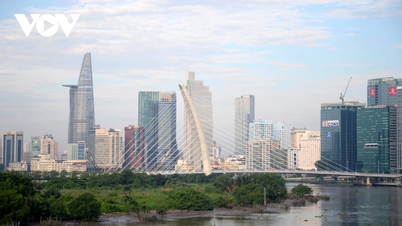


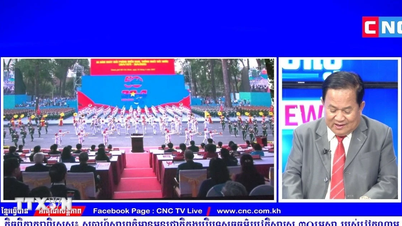



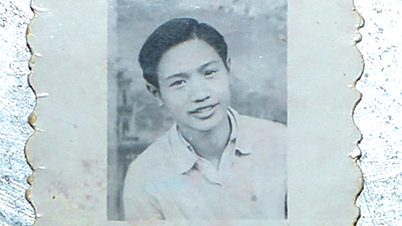

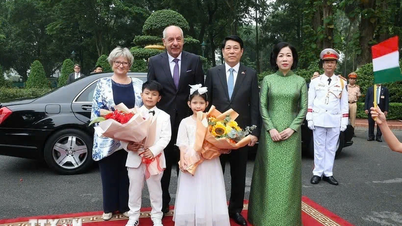
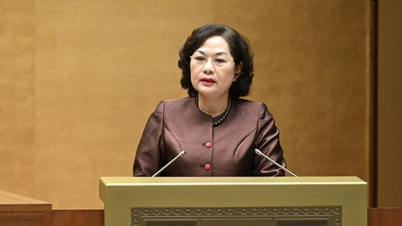


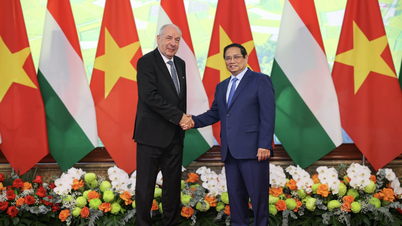

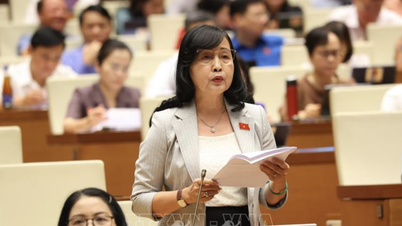






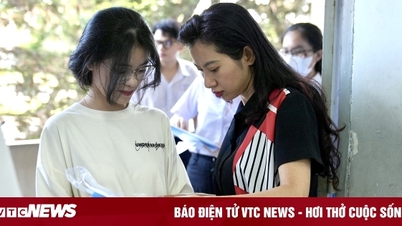



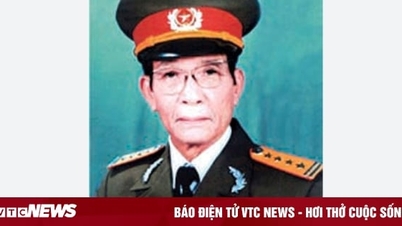











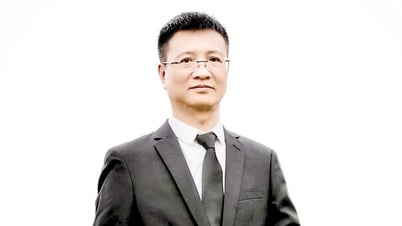




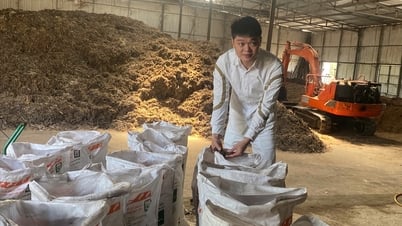


























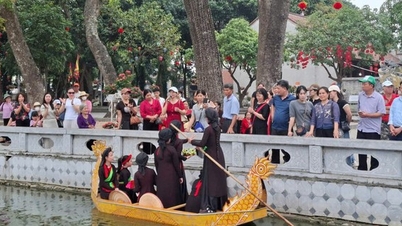
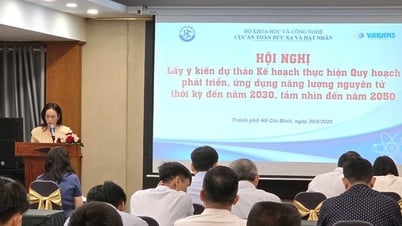




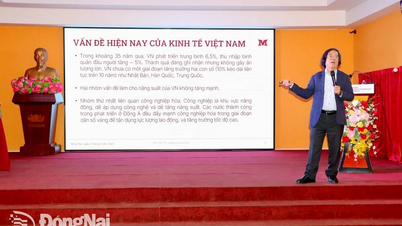


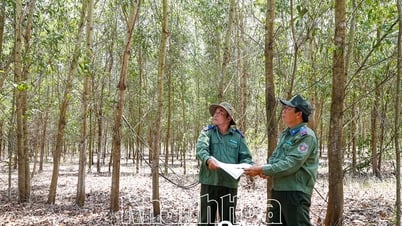
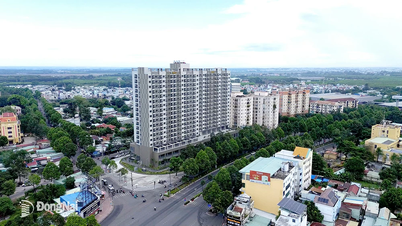










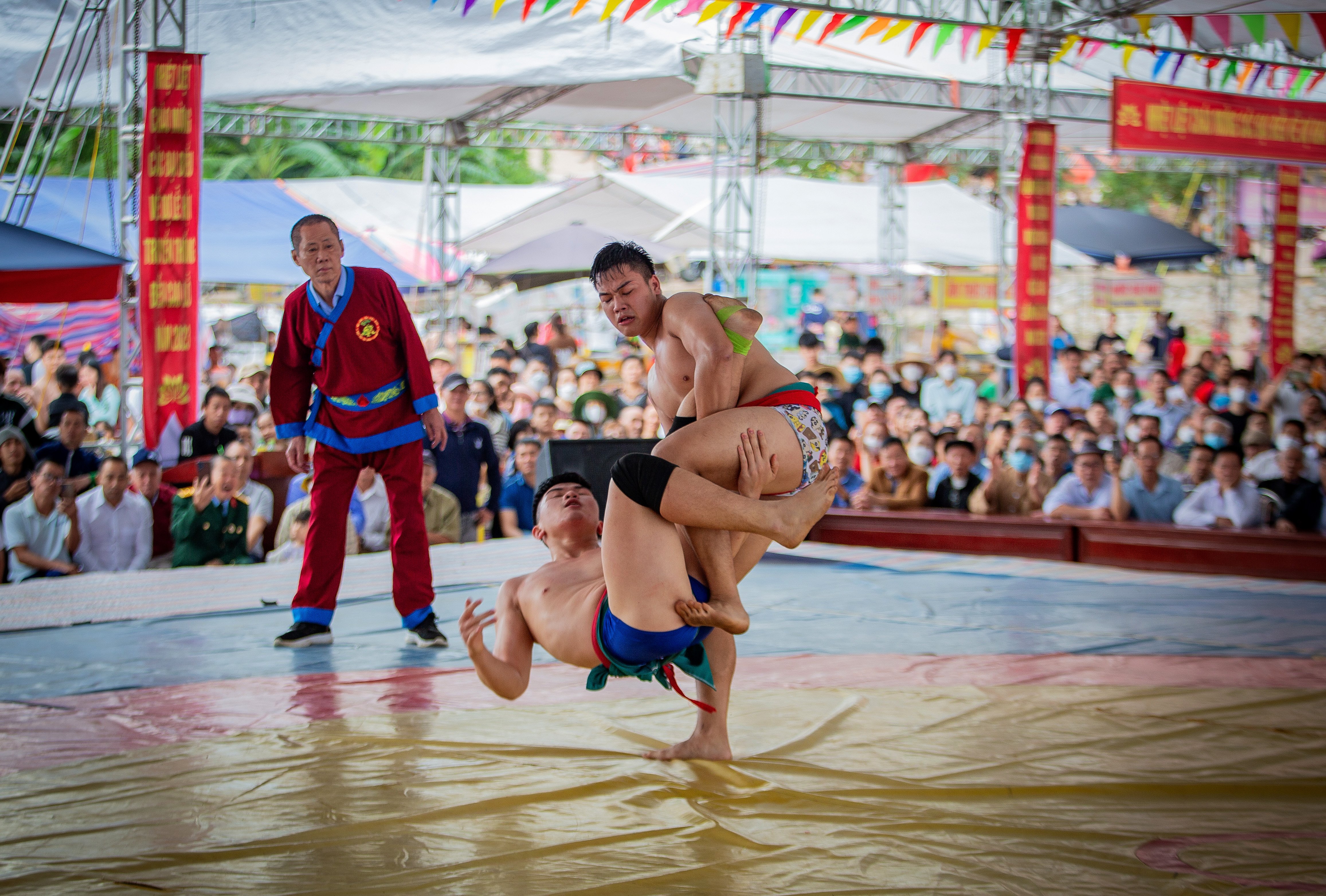



Comment (0)